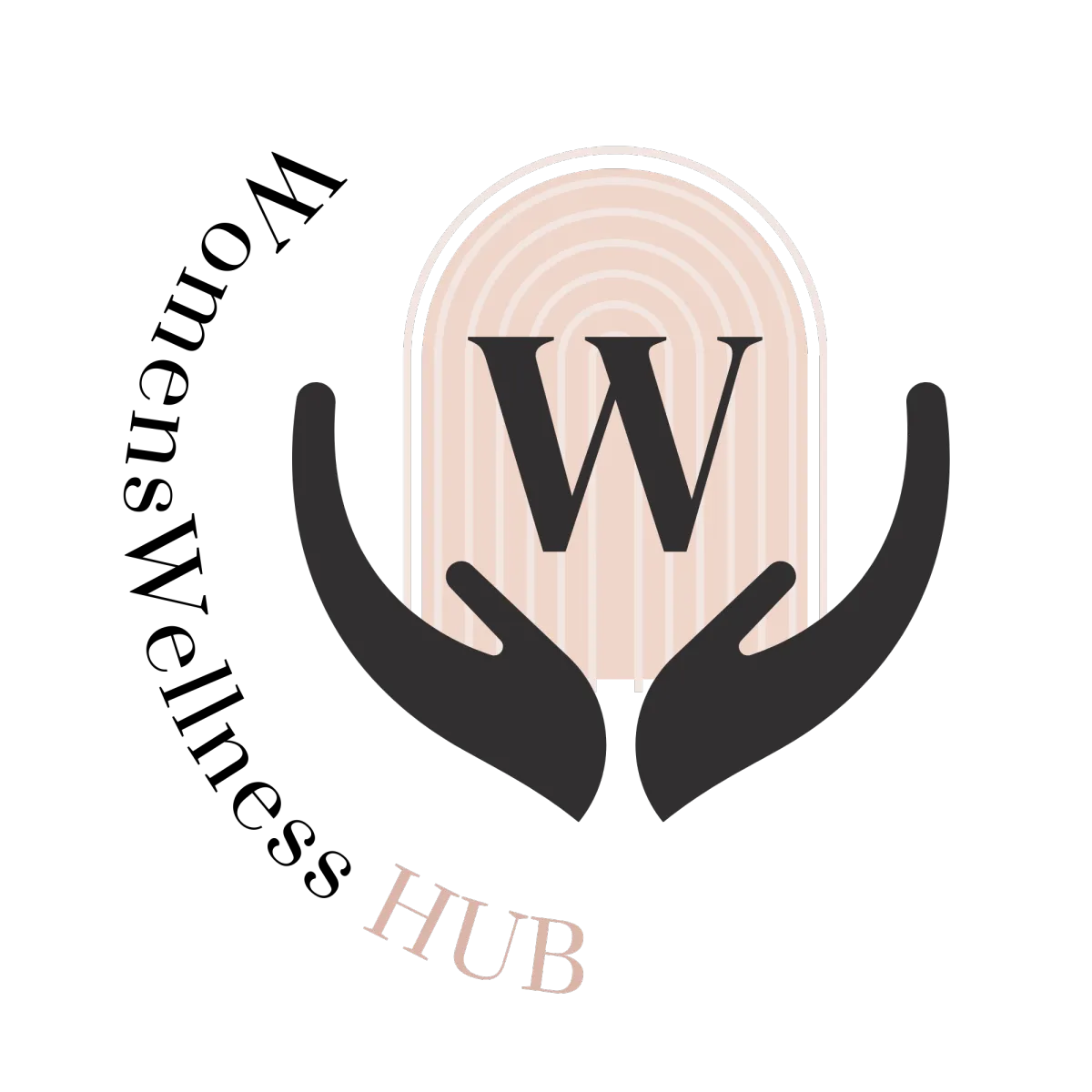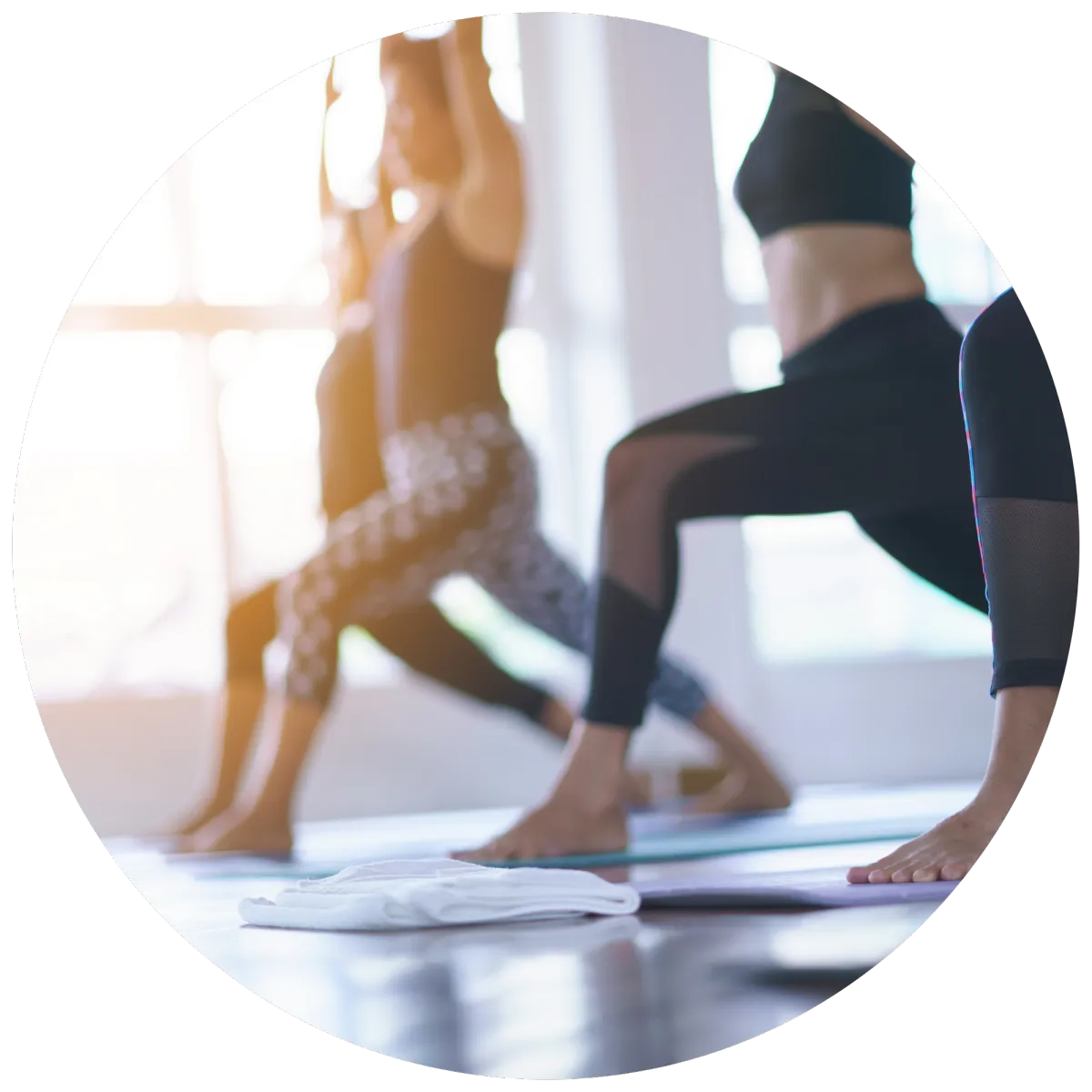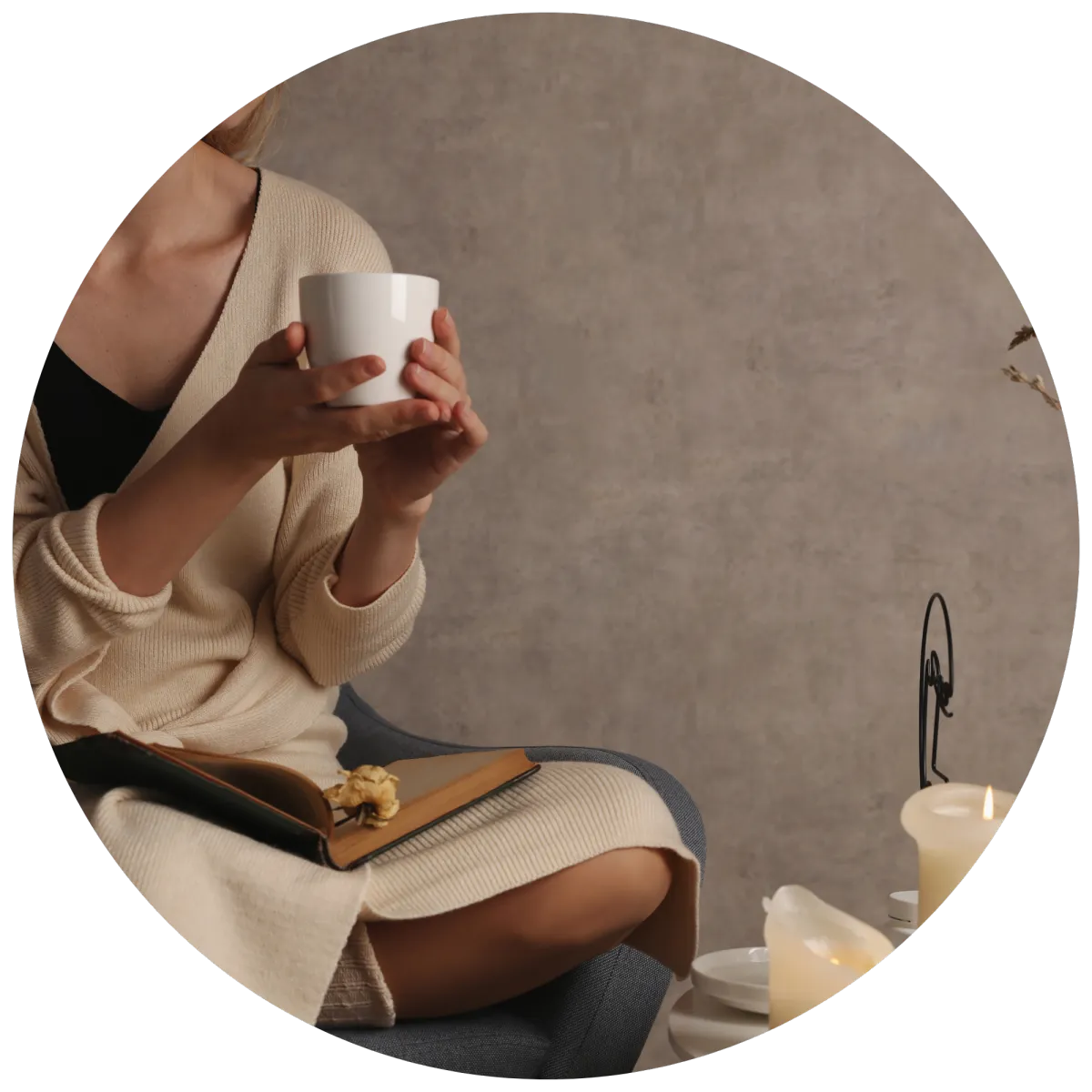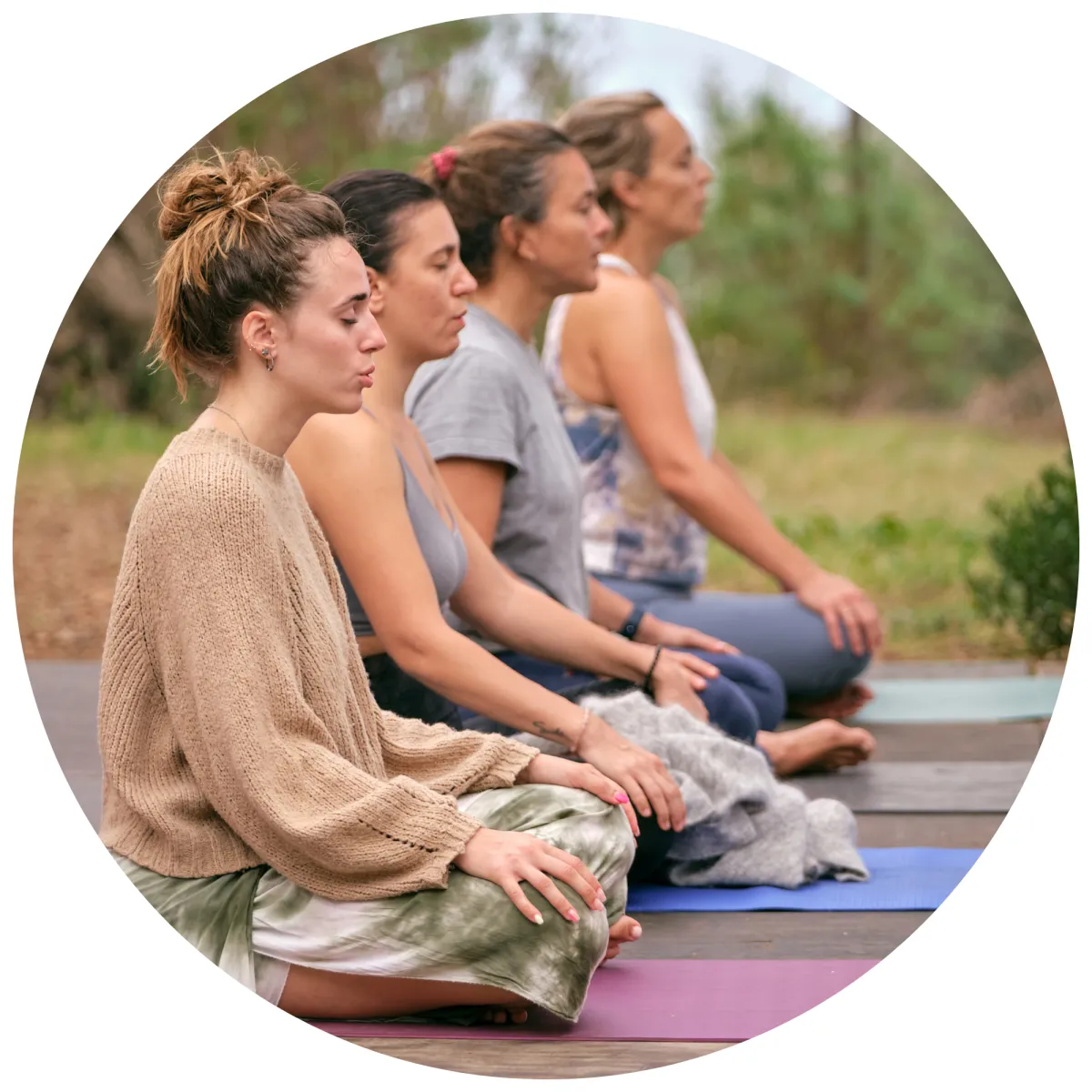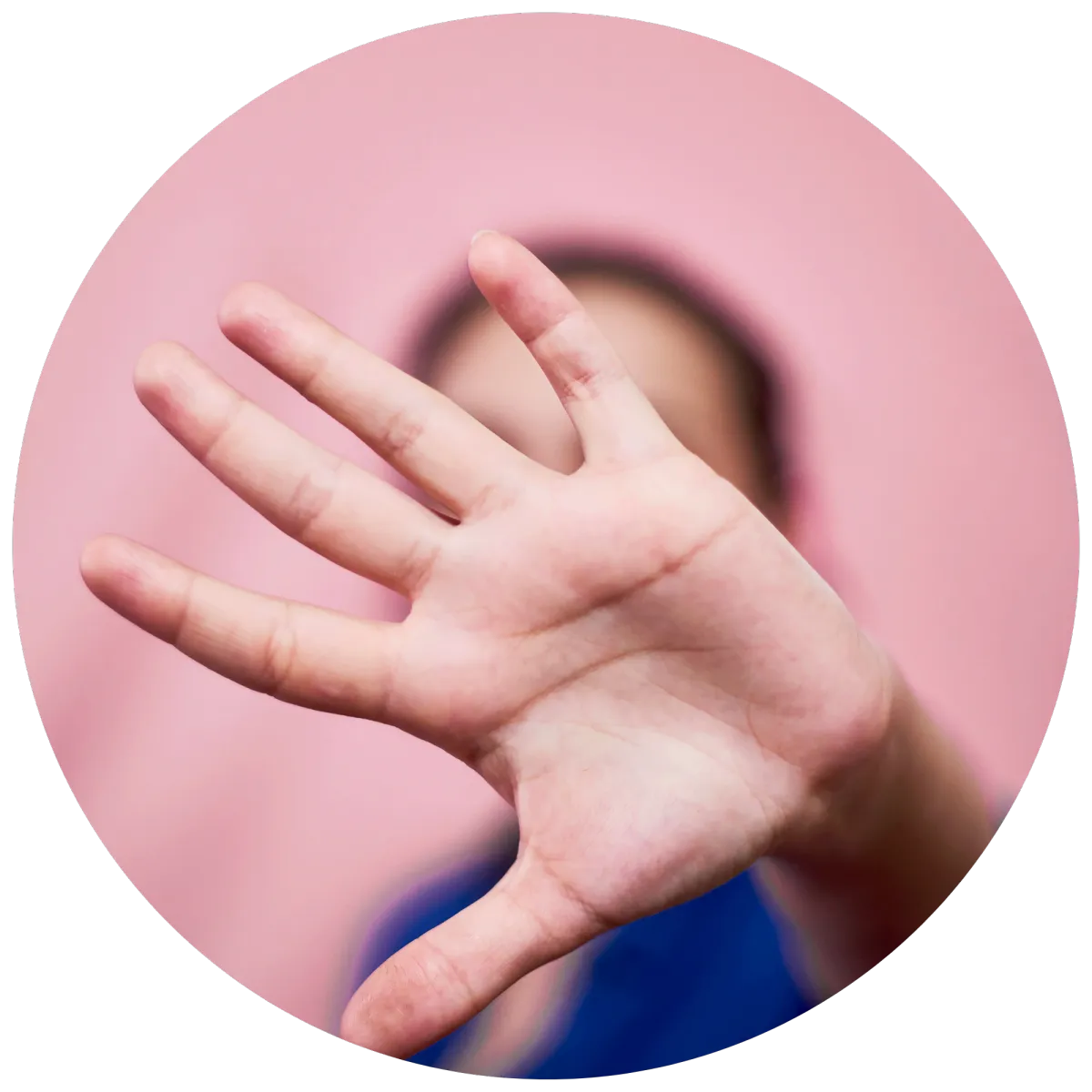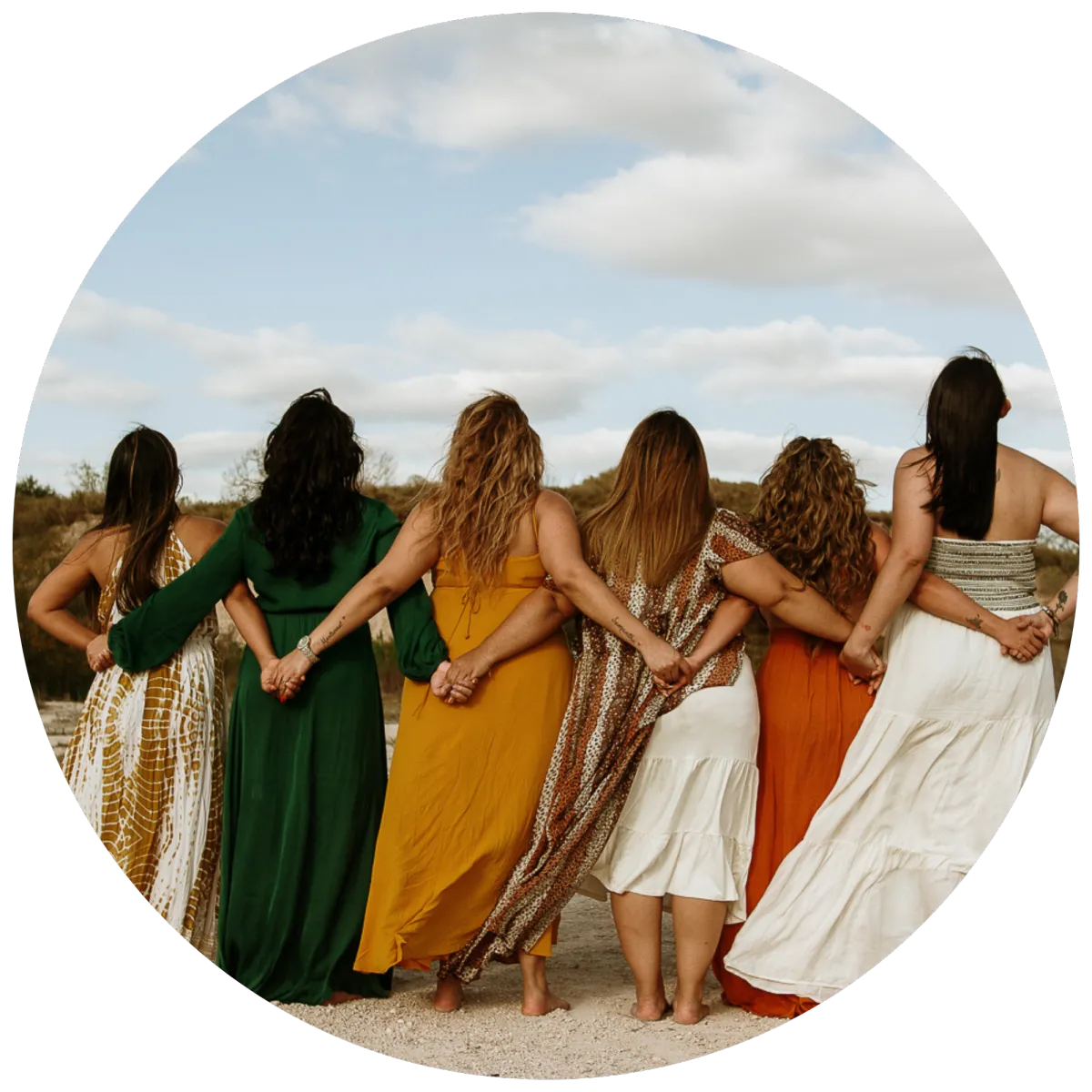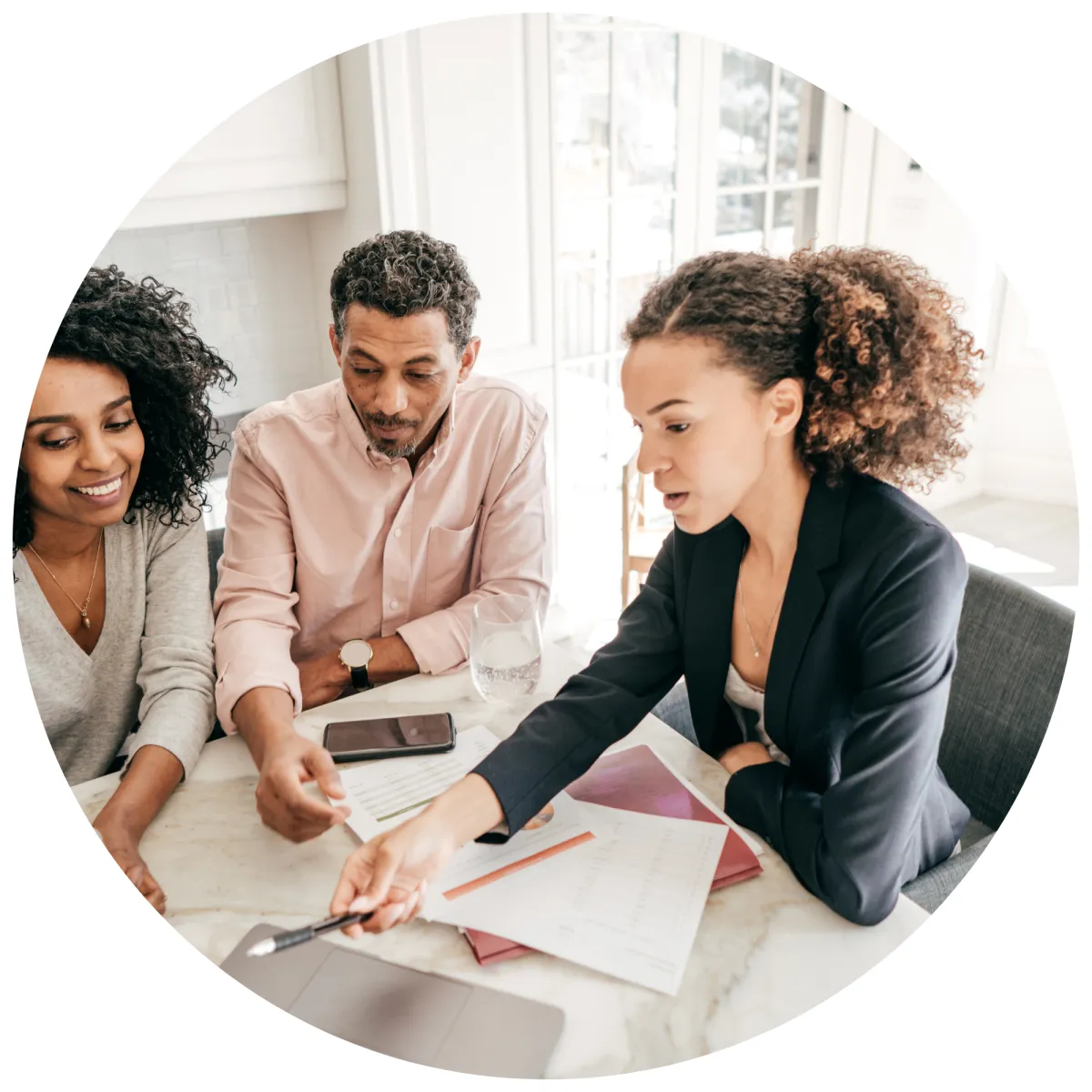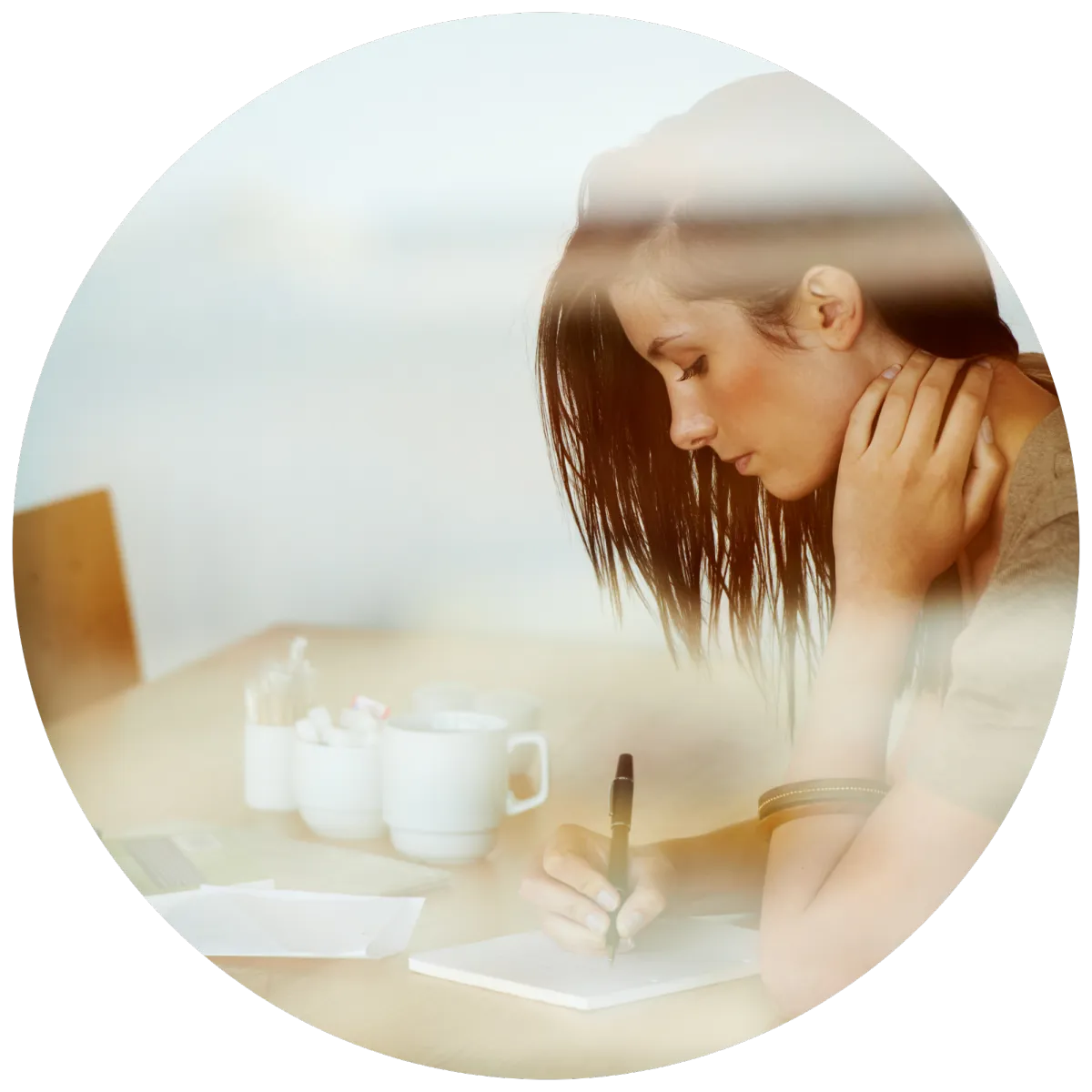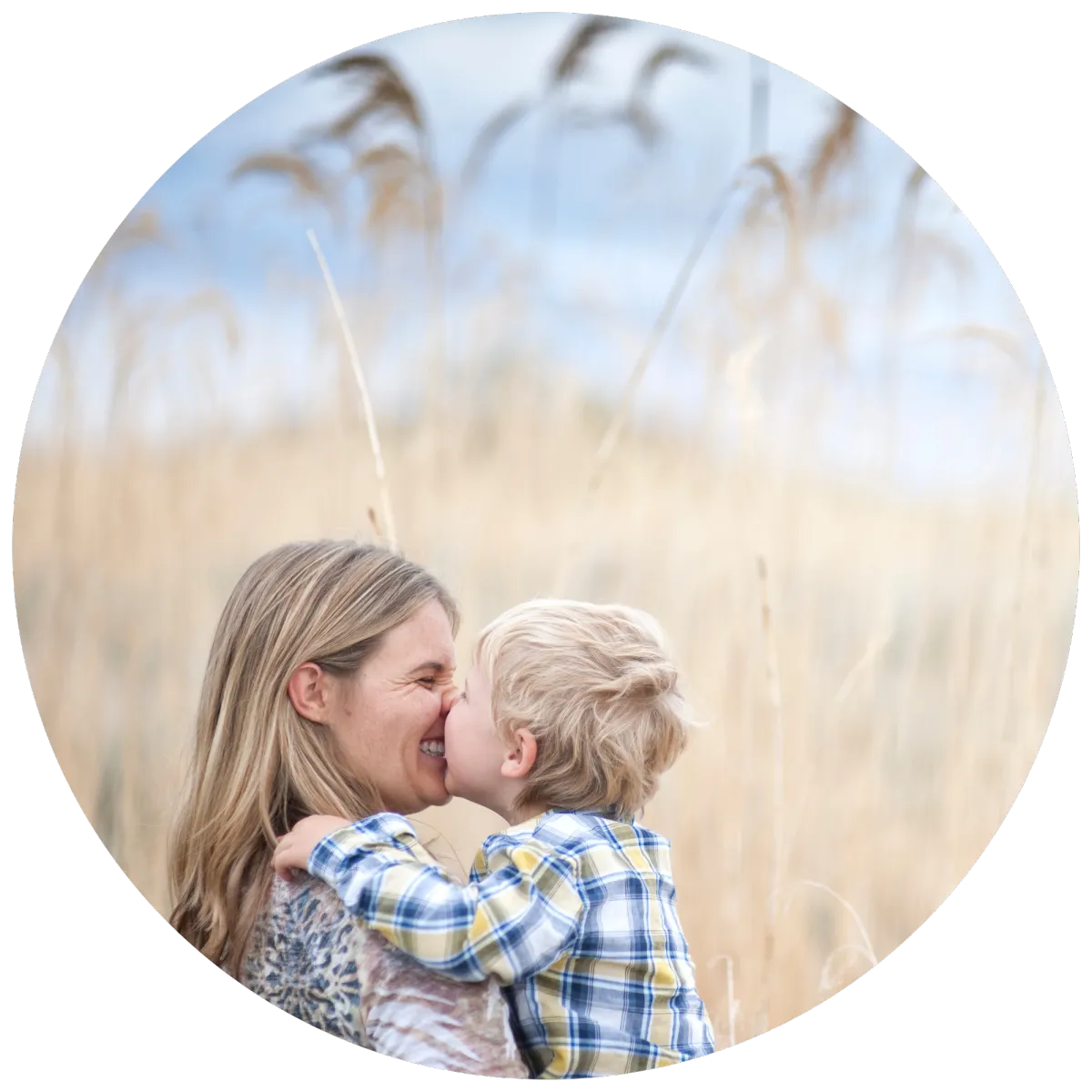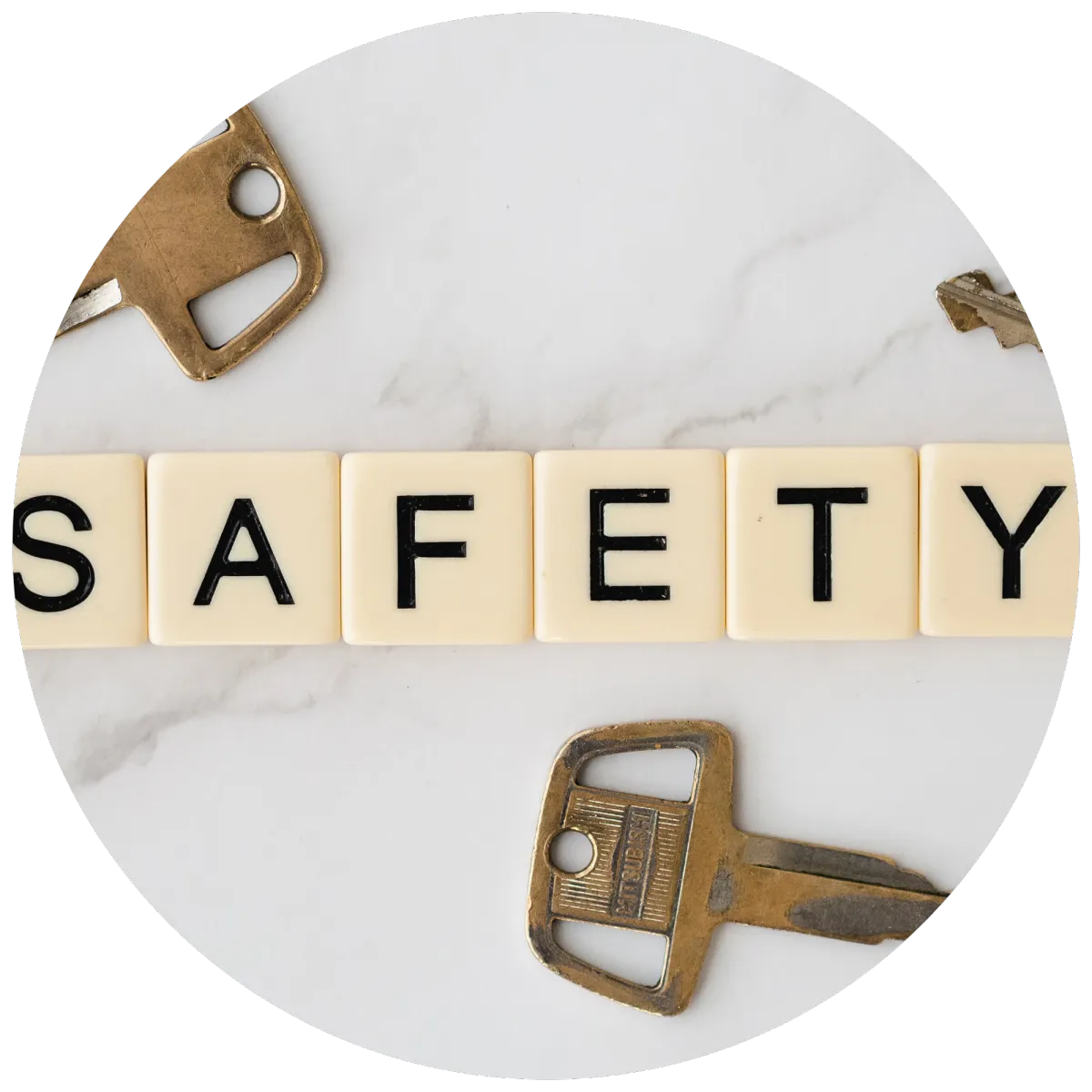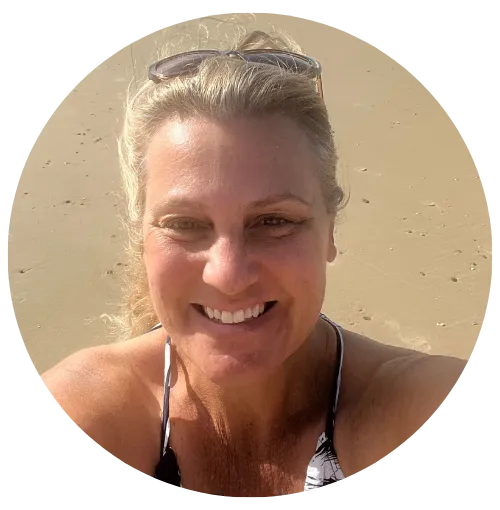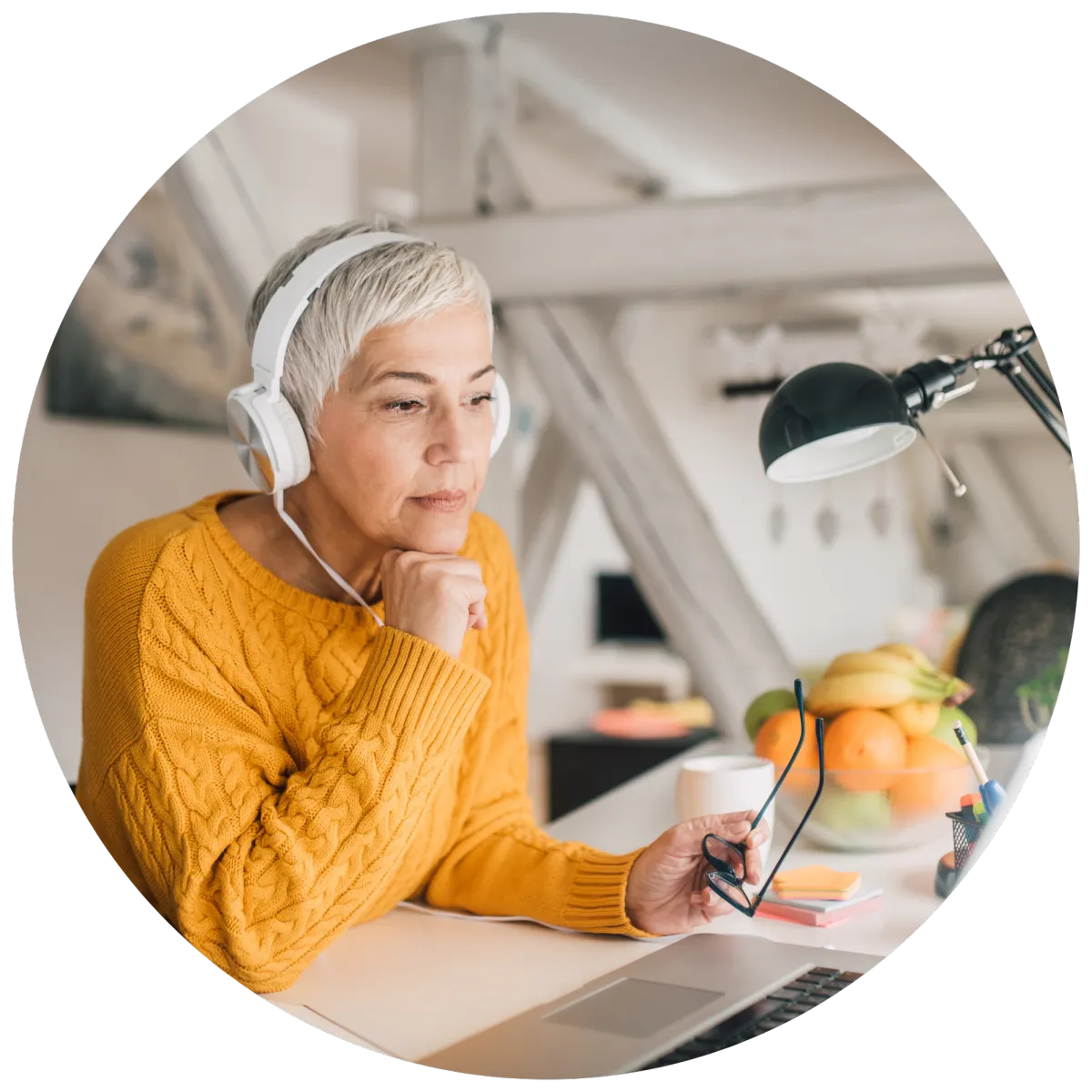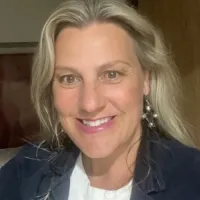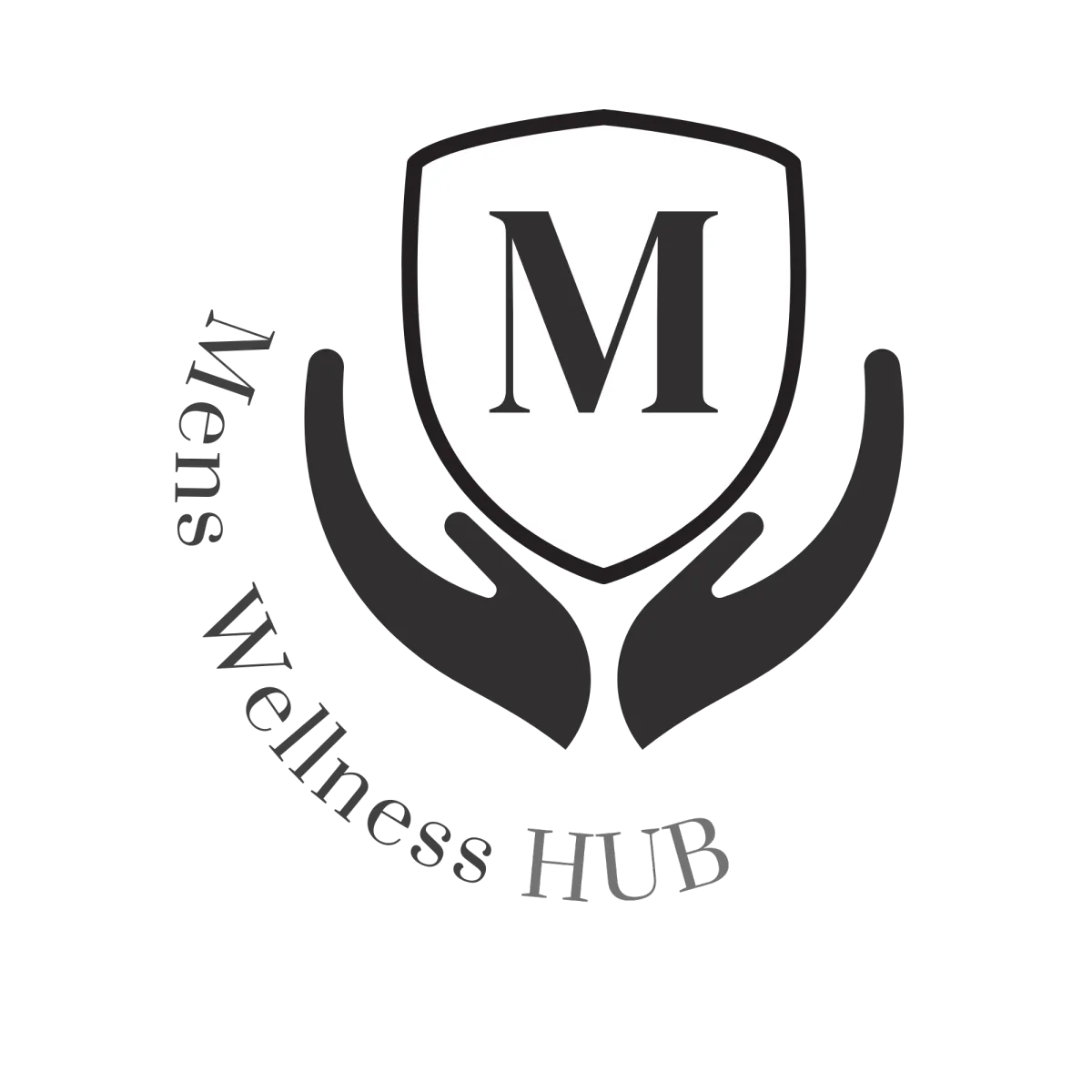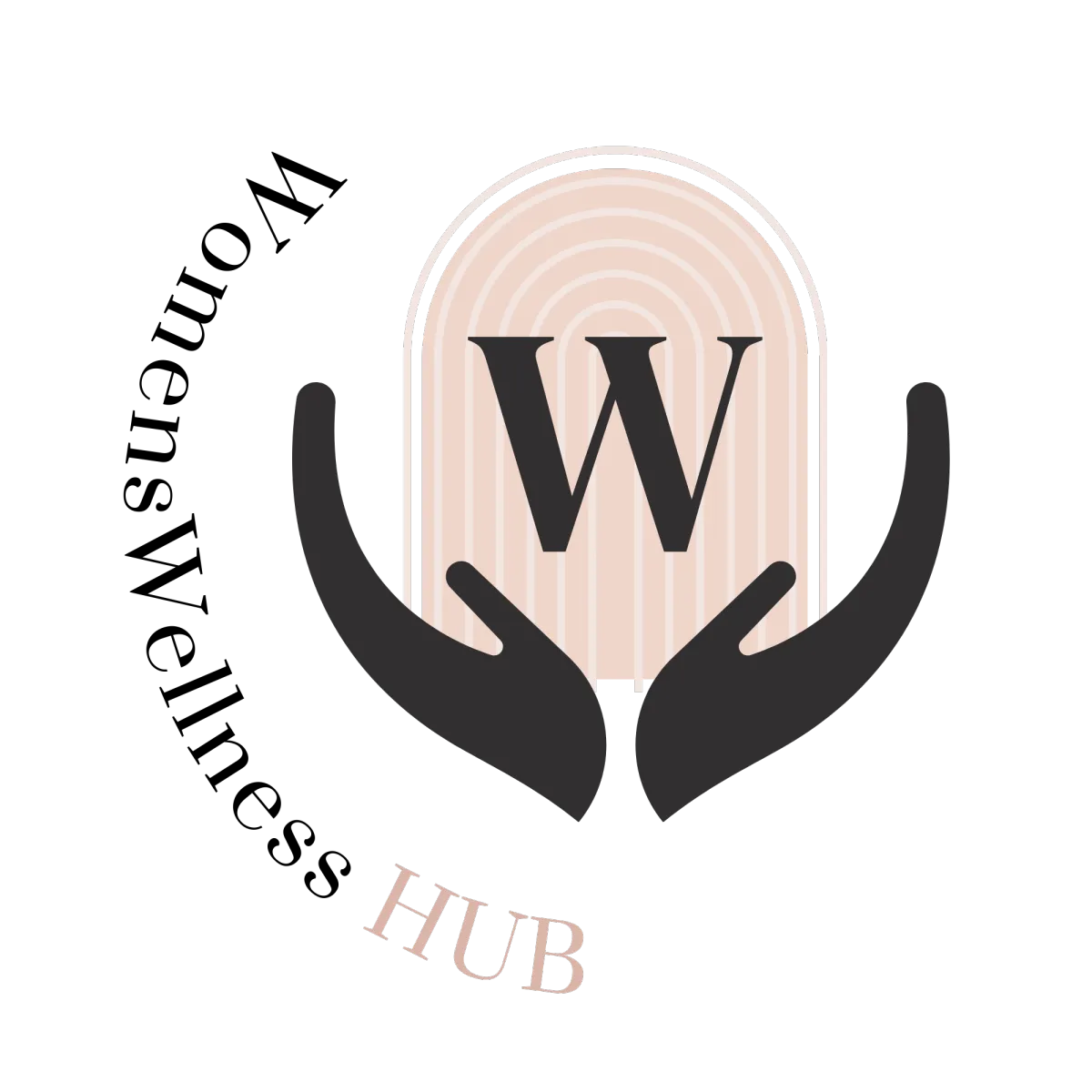Fertility, Pregnancy & Post Natal Support
Welcome to the
Women’s Wellness Hub
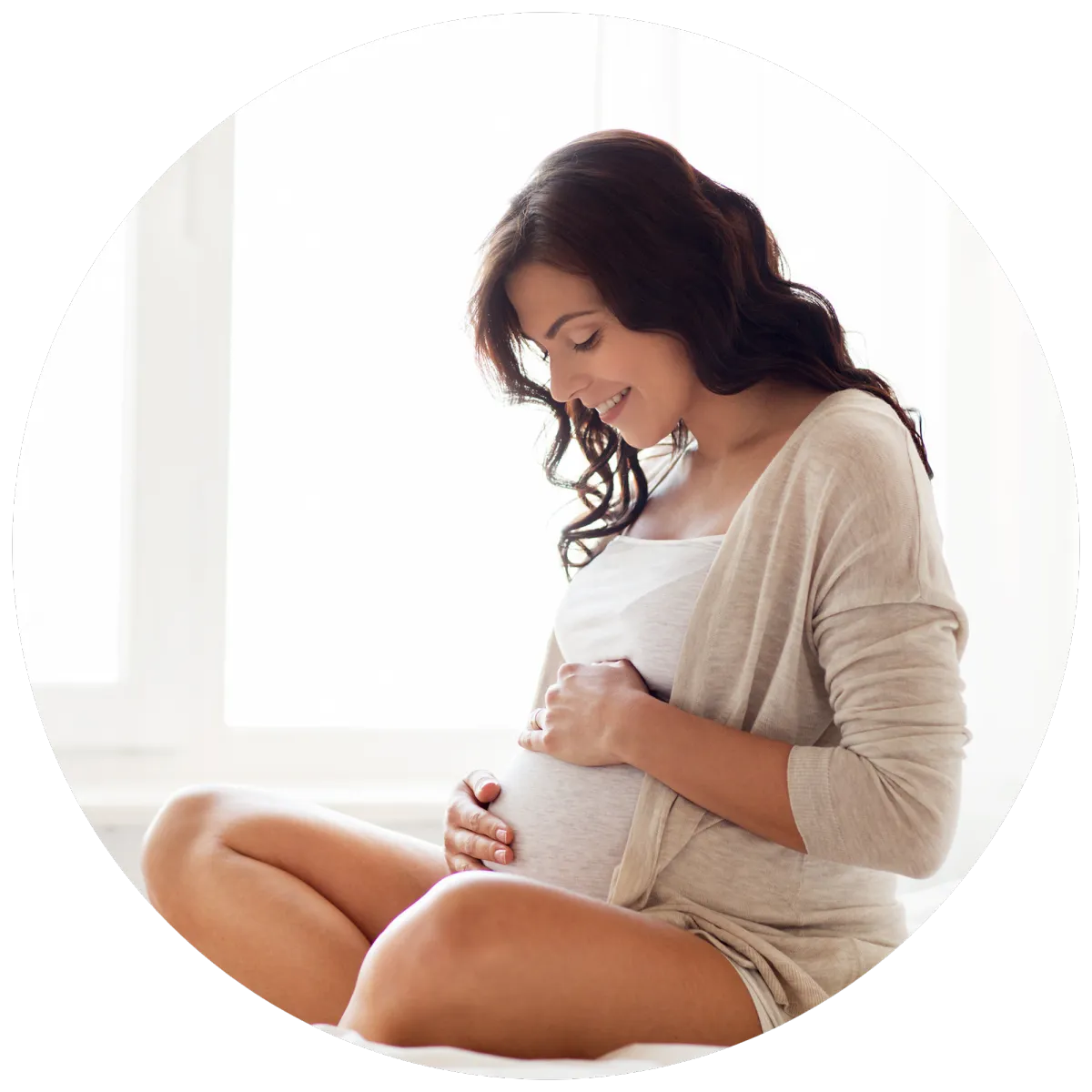
Women's Reproductive Cycle and Fertility
Periods
Pregnancy
Fertility issues
Fertility support
Peri/Post natal support
Hysterectomy, Uterus Checks
All about Periods
What is a 'Period' and what is a menstrual cycle?
A period is when you bleed from your uterus in your vagina each month. Periods are a very natural part of a female menstrual cycles. The average length of a period is three to seven days.
A period happens because of changes in hormones in the body. Hormones are chemical messengers. The ovaries release the female hormones, estrogenand progesterone which cause the lining of the uterus (or womb) to build up. The built-up lining is ready for a fertilized egg (an egg that has joined with a sperm) to attach to and develop into a baby. If there is no fertilized egg, the lining breaks down and bleeds. Then the same process happens all over again. It usually takes about a month for the lining to build up, then break down. That is why most females get their periods around once a month.
A menstrual cycle refers to the first day of your period to the day before your next period starts. The cycle can be different for women but the average length of a menstrual cycle is 28 days.
:max_bytes(150000):strip_icc()/GettyImages-503117005-579a41623df78c32762d03a1.jpg)
What age do you get your periods?
Most girls get their first period when they're around 12. but can occur be earlier and for some signficantly later.
Every girl's body has its own schedule.There isn't one right age for a girl to get her period.
Usually there are some signs in your body before the periods start including
-breasts starting to develop (periods usually start about 2 years after this)
-hair growing under a girl's arms and in her private parts
-seeing or feeling vaginal discharge fluid (sort of like mucus), which usually begins about 6 months to a year before a girl gets her first period

How much blood do you lose during your period?
It may look like a lot of blood, but a girl usually only loses a few tablespoons of blood during the whole period. Most girls need to change their pad, tampon, or menstrual cup about 3‒6 times a day.
About one in four women have heavy periods (more significant blood loss throughout your period).
Your periods may be considered heavy if:
-you need to change your period product every two hours or less because they are too heavy with blood
-you need to change your period product you are using overnight
- you have blood clots in your blood loss which you notice are bigger than a 50 cent coin
- your periods last eight or more days
- your periods blood flow stops you from doing activities you could normally do.

What are the symptoms?
Lorem ipsum dolor sit amet, consectetur adipisicing elit. Autem dolore, alias, numquam enim ab voluptate id quam harum ducimus cupiditate similique quisquam et deserunt, recusandae.

How often do you get your periods?
For the first few years after a girl starts her period, it might not come regularly. This is normal at first. By about 2–3 years after her first period, a girl's periods should be coming around once every 4–5 weeks.

What are the treatments for the symptoms?
Lorem ipsum dolor sit amet, consectetur adipisicing elit. Autem dolore, alias, numquam enim ab voluptate id quam harum ducimus cupiditate similique quisquam et deserunt, recusandae.

What help can I get if I need help with my symptoms?
Lorem ipsum dolor sit amet, consectetur adipisicing elit. Autem dolore, alias, numquam enim ab voluptate id quam harum ducimus cupiditate similique quisquam et deserunt, recusandae.

What products are on the market for periods
You have many choices about how to deal with period blood. You may need to experiment a bit to find which works best for you. Some girls use only one method and others switch between different methods. Most girls use pads when they first get their period. Pads are made of cotton and come in lots of different sizes and shapes. They have sticky strips that attach to the underwear.'
Many girls find tampons more convenient than pads, especially when playing sports or swimming. A tampon is a cotton plug that you put into your vagina. Most tampons come with an applicator that guides the tampon into place. The tampon absorbs the blood. Don't leave a tampon in for more than 8 hours because this can increase your risk of a serious infection called toxic shock syndrome. Some girls prefer a menstrual cup. Most are made of silicone. To use a menstrual cup, a girl inserts it into her vagina. It holds the blood until she empties it.

When could I get pregnant?
A girl can get pregnant as soon as her period starts. There is potential for a girl to get pregnant right before her very first period because her hormones might already be active. The hormones may have led to ovulation and the building of the uterine wall already.

What is PMS?
Lorem ipsum dolor sit amet, consectetur adipisicing elit. Autem dolore, alias, numquam enim ab voluptate id quam harum ducimus cupiditate similique quisquam et deserunt, recusandae.

What is PMD?
Lorem ipsum dolor sit amet, consectetur adipisicing elit. Autem dolore, alias, numquam enim ab voluptate id quam harum ducimus cupiditate similique quisquam et deserunt, recusandae.

.
C
Women's Wellness Hub Directory
Thank you to our wonderful sponsors and ambassadors
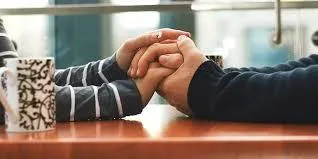
Economic Abuse Awareness Day
Economic and financial abuse is a form of domestic abuse in Australia.
It often occurs in the context of intimate partner violence, and involves the control of a partner or ex-partner’s money and finances, as well as the things that money can buy.
Economic abuse and financial abuse involve similar behaviours, but it can financial abuse is often thought of as a subcategory of economic abuse. Economic abuse encompasses the many ways that an abuser may control someone’s economic situation, including employment, food, basic necessities, medication, transport and housing, for example. Financial abuse can often be thought of as controlling the actual money by stealing, gambling, coercing someone into taking on debt, controlling their allowance each week,
1 in 6 women in the Australia have reportedly experienced economic abuse by a current or former partner.
Economic abuse can include exerting control over income, spending, bank accounts, bills and borrowing. It can also include controlling access to and use of things like transport and technology, which allow a person to work and stay connected, as well as property and daily essentials like food and clothing. It can include destroying items and refusing to contribute to household costs. Gambling away your financial security and destroying your credit rating.
Refusing to pay child support and not financially disclosing assets and debts during financial property settlements are also a way of economically abusing a person and intentionally controlling them.
This type of abuse is a form of coercive and controlling behaviour. Economic abuse rarely happens in isolation and usually occurs alongside other forms of abuse, including physical, sexual and psychological abuse. 95% of cases of domestic abuse involve economic abuse. It can continue long after a leaving and can have lifelong effects
This type of abuse is designed to create economic instability and/or make one partner economically dependent, which limits their freedom. Without access to money and the things that money can buy, it is difficult to leave an abuser and access safety. Someone experiencing this type of abuse can become trapped in a relationship with the abuser, unable to resist the abuser’s control and at risk of further harm. In this way, economic safety underpins physical safety.
The impact of economic abuse makes leaving and rebuilding lives more challenging for survivors and their family. Many victim-survivors leave with large amounts of debt and poor credit ratings, affecting their long-term economic stability.
Red Flag (warnings) of economic/financial abuse
Economic abuse can take many forms. The perpetrator/abuser:
Sabotages your income and access to money:
prevent you from being in education or employment
limit your working hours
takes your pay
refuse to let you claim government payments/ benefits or take all the benefits
take children’s savings or birthday money
refuse to let you access a bank account
making you work in a family business without pay
give you a small allowance for necessities only
takes any windfall you get such as an inheritance
Restrict how you use money and the things that you own:
control when and how money is spent
dictate what you can buy
make you ask for money
give you a small allowance to cover necessities only
check your receipts
make you keep a spending diary
make you justify every purchase made
control the use of property, such as a mobile phone or car
insist all economic assets (eg savings, house) are in their name
keep financial information secret
Exploits your economic situation:
steal your money or property
steal your identity or inheritance
cause damage to your property
refuse to contribute to household costs
spend money needed for household items and bills
misuse money in joint bank accounts
insist all bills, credit cards and loans are in your name and make you pay them
build up debt in your name, sometimes without your knowledge
destroying your credit rating affecting your future financing ability
There is help
If you have experienced economic or financial abuse, you are not alone. There are people and organisations that can help .Refer to www.dvsupporthub.com for information on various services that can help as well as ways to help you financially get back on your feet.
Call 1800RESPECT for immediate assistance
This site is brought to you by Family Counselling Support Network
Book in directly with one of our professionals today
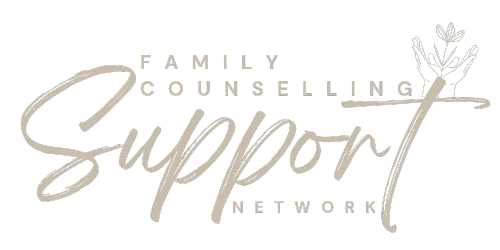
We are here to help
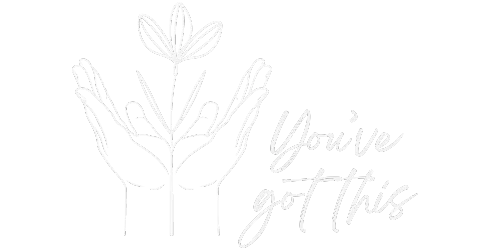
We are committed to protecting your personal information and respecting your privacy. This website uses cookies to analyze website traffic and optimise your website experience. By accepting our use of cookies, your data will be aggregated with all other user data.
DISCLAIMER: The material contained on this website is for general educational and information purposes only and is not a substitute for professional legal, financial, medical or psychological advice or care. While every care has been taken in the information provided, no legal responsibility or liability is accepted, warranted or implied by the authors or Family Counselling Support Network and any liability is hereby expressly disclaimed. For specific advice please contact us at [email protected]. All information contained on the website remains the intellectual property of Family Counselling Support Network and is for your personal educational use only. The information must not be reproduced or distributed without the express permission of Family Counselling Support Network.
Family Counselling Support Network acknowledges and respects the First Nations Custodians of the land where our offices stand, and where we work to help Australians. We pay respects to their Elders, past present and emerging, lore, customs and creation spirits. We recognise that these lands have always been places of ceremony, teaching, research and learning, and we acknowledge the important role Aboriginal and Torres Strait Islander peoples play in our community.
We are committed to providing an inclusive and accessible environment where people and communities of all identities and backgrounds are accepted, safe and celebrated.
Privacy Policy | Terms and Conditions
